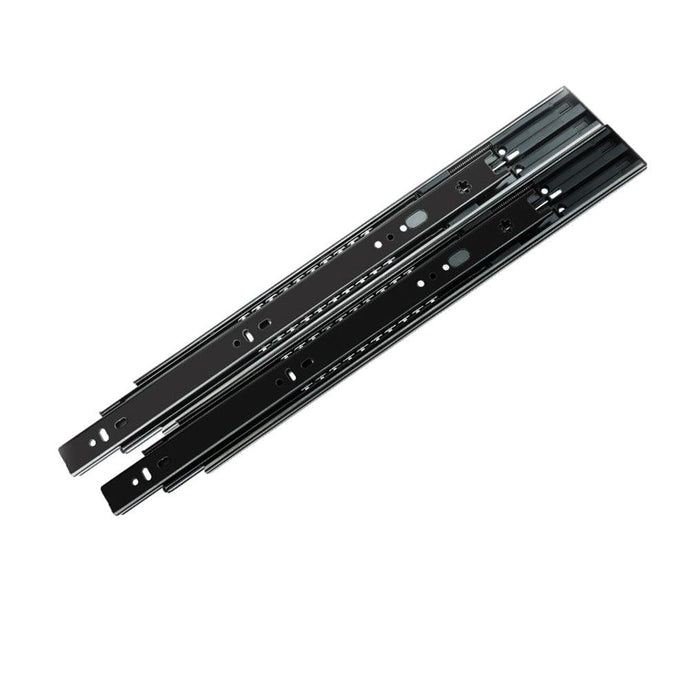Wood, with its timeless beauty and versatility, has been a primary material in construction, furniture making, and artistic endeavors for centuries. To bring out the full potential of wood, artisans and builders rely on a wide range of hardware designed specifically for this noble material. In this article, we delve into the realm of wood hardware, uncovering its various forms, functions, and the indispensable role it plays in enhancing and securing woodcraft.
Wood hardware encompasses a diverse array of components, fasteners, and accessories that are specifically designed for use with wood. These essential elements serve multiple purposes, ranging from structural reinforcement and joint connections to decorative embellishments and functional additions. The right choice of wood hardware can greatly enhance the overall aesthetics, durability, and functionality of wood projects.
One of the primary functions of wood hardware is to provide structural support and stability. Brackets, braces, and corner reinforcements are commonly used to strengthen joints, prevent warping or splitting, and ensure the longevity of wooden structures. These hardware pieces come in various shapes, sizes, and materials, such as steel, brass, or even ornate cast iron, allowing craftsmen to choose options that suit their specific design needs.
Fasteners play a crucial role in securing wood components together. Nails, screws, and bolts are among the most commonly used fasteners in woodworking. Nails, available in different lengths and gauges, are driven into wood using a hammer or nail gun, providing a quick and reliable way to join pieces. Screws offer a versatile option, allowing for easy disassembly and reassembly if needed. They come in various sizes, thread patterns, and head types, catering to different applications and load requirements. Bolts, often used in heavy-duty construction and furniture making, provide exceptional strength and stability, particularly when combined with nuts and washers.
In addition to structural elements, wood hardware includes a wide range of accessories that add both functionality and visual appeal to woodcraft. Drawer pulls, door handles, hinges, and knobs not only facilitate smooth operation but also contribute to the overall design aesthetic. These hardware pieces come in a variety of styles and finishes, allowing craftsmen to personalize their creations and complement the desired theme or decor.
Decorative hardware, such as ornate escutcheons, rosettes, and trim pieces, can transform a simple wooden surface into a work of art. These intricately designed elements add depth, character, and visual interest to furniture, cabinetry, and architectural features. From delicate filigree patterns to bold and geometric motifs, decorative hardware provides endless possibilities for expressing creativity and enhancing the beauty of wood.
Wood hardware also includes specialty items designed for specific purposes. Drawer slides, for example, enable smooth opening and closing of drawers, while concealed hinges offer a seamless and clean look by remaining hidden from view. Casters and glides provide mobility and protect wooden floors from scratches, making furniture more versatile and user-friendly. Other specialty hardware includes locks, catches, and latches, ensuring security and functionality in cabinets, doors, and chests.
When selecting wood hardware, several factors should be considered. Material compatibility is essential to prevent corrosion, ensure structural integrity, and maintain the overall appearance of the woodcraft. It is crucial to choose hardware that is specifically designed for use with wood, as other materials might not provide the necessary structural support or may damage the wood surface.
The load-bearing capacity of the hardware should match the requirements of the project. Heavy-duty applications, such as furniture or structural elements, demand hardware that can withstand substantial weight and stress. Conversely, lighter hardware is suitable for decorative or functional accessories that do not require significant load-bearing capabilities.
Aesthetics also play a vital role in hardware selection. The chosen hardware should harmonize with the overall design and style of the woodcraft. Whether aiming for a rustic, vintage, contemporary, or minimalist look, the hardware should complement and enhance the visual appeal of the finished piece.
In conclusion, wood hardware is an indispensable component in the realm of woodcraft. It provides structural support, strengthens joints, enhances functionality, and adds a touch of elegance and charm to wooden creations. From fasteners and structural reinforcements to decorative elements and specialty accessories, wood hardware offers endless possibilities for craftsmen and builders to elevate their projects. By carefully considering material compatibility, load-bearing capacity, and aesthetics, artisans can unlock the full potential of wood and create masterpieces that stand the test of time.
